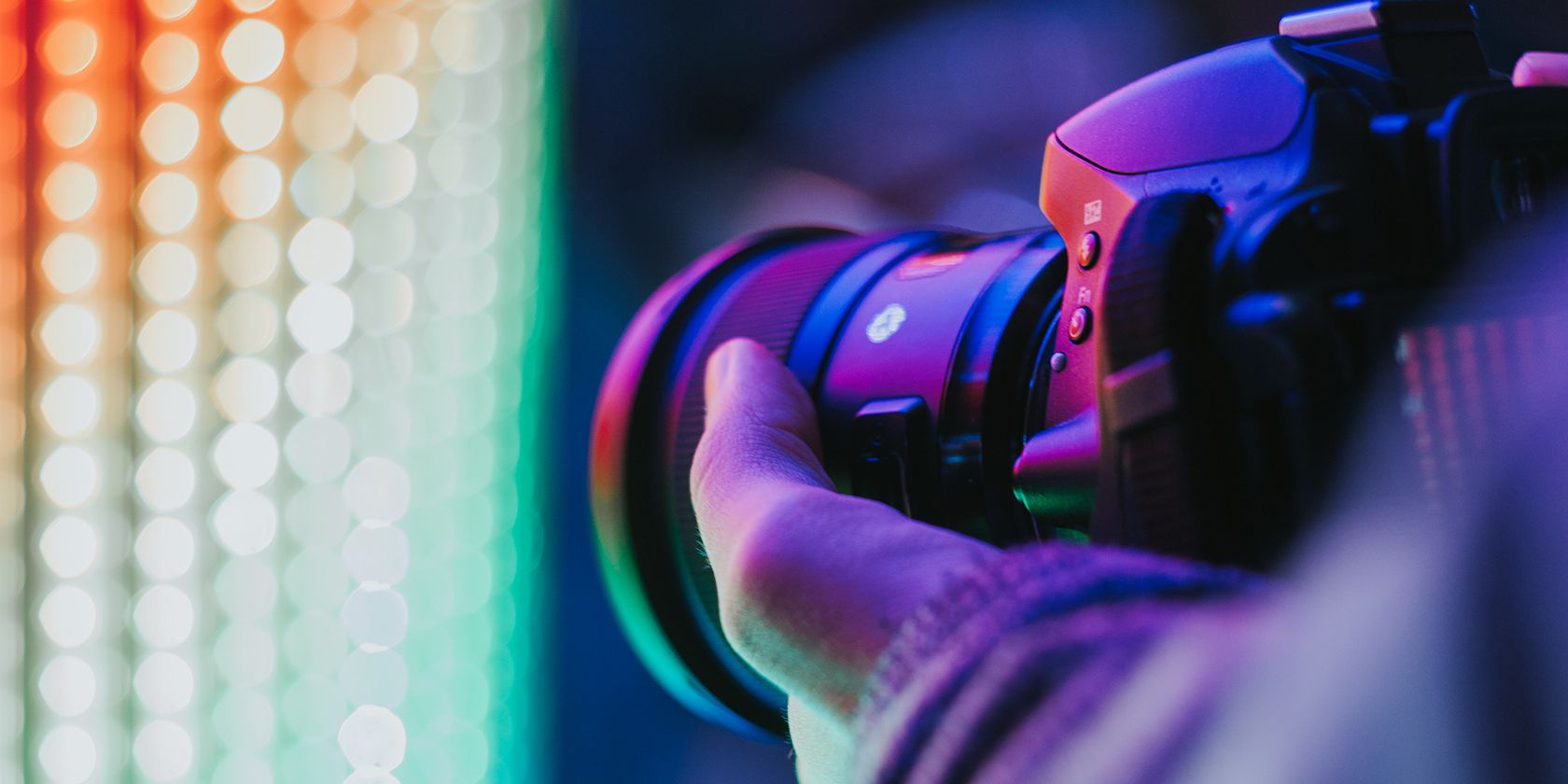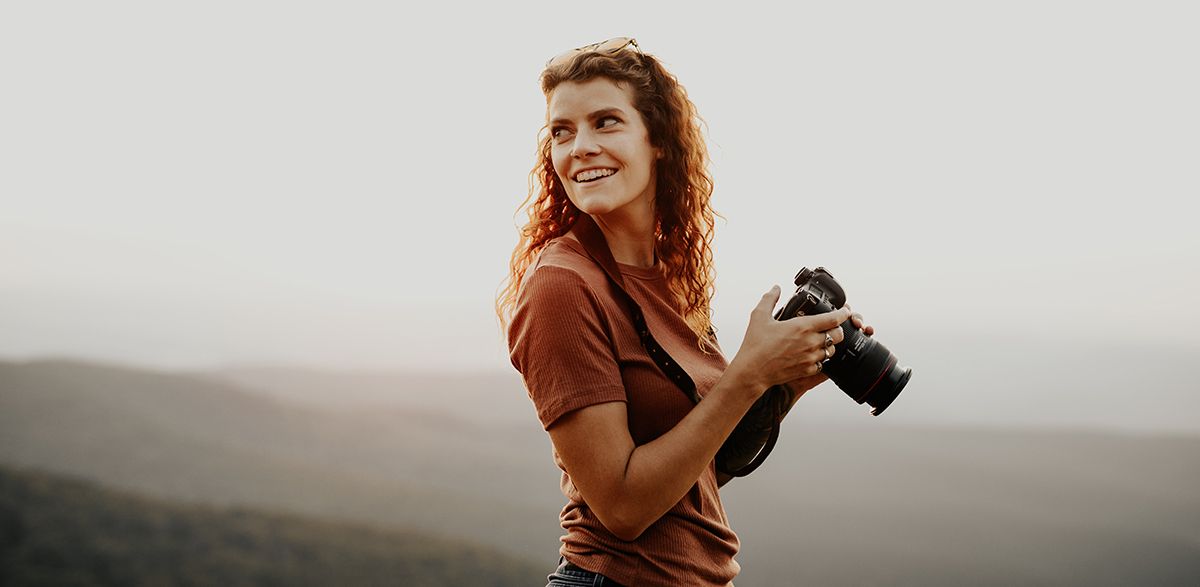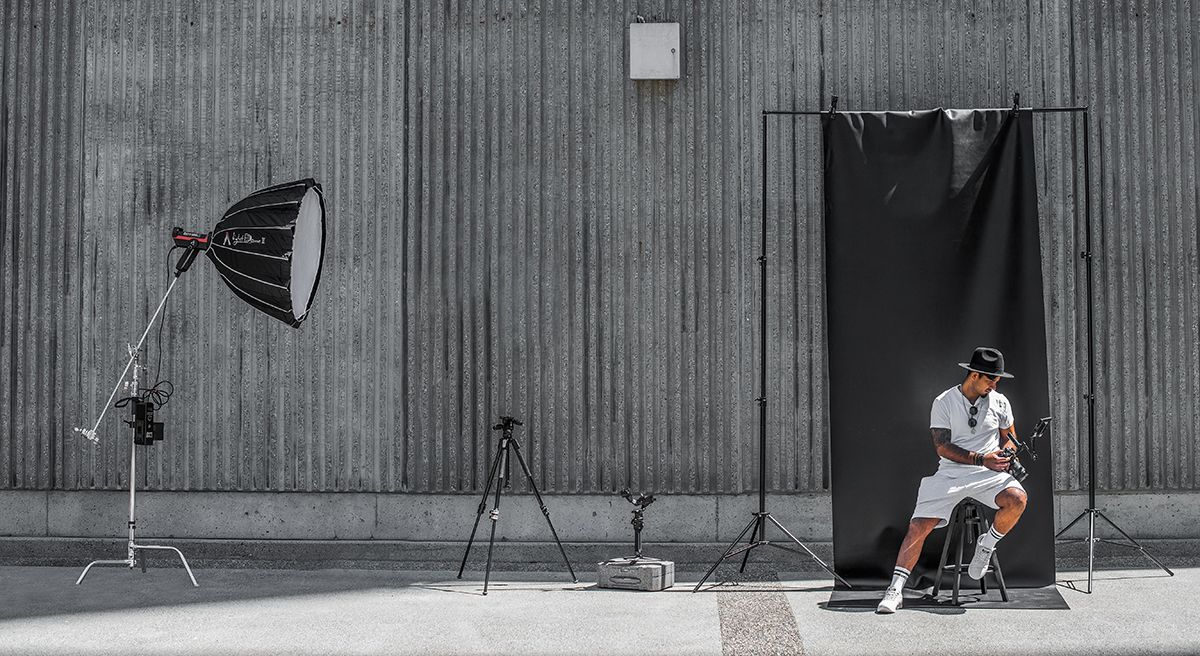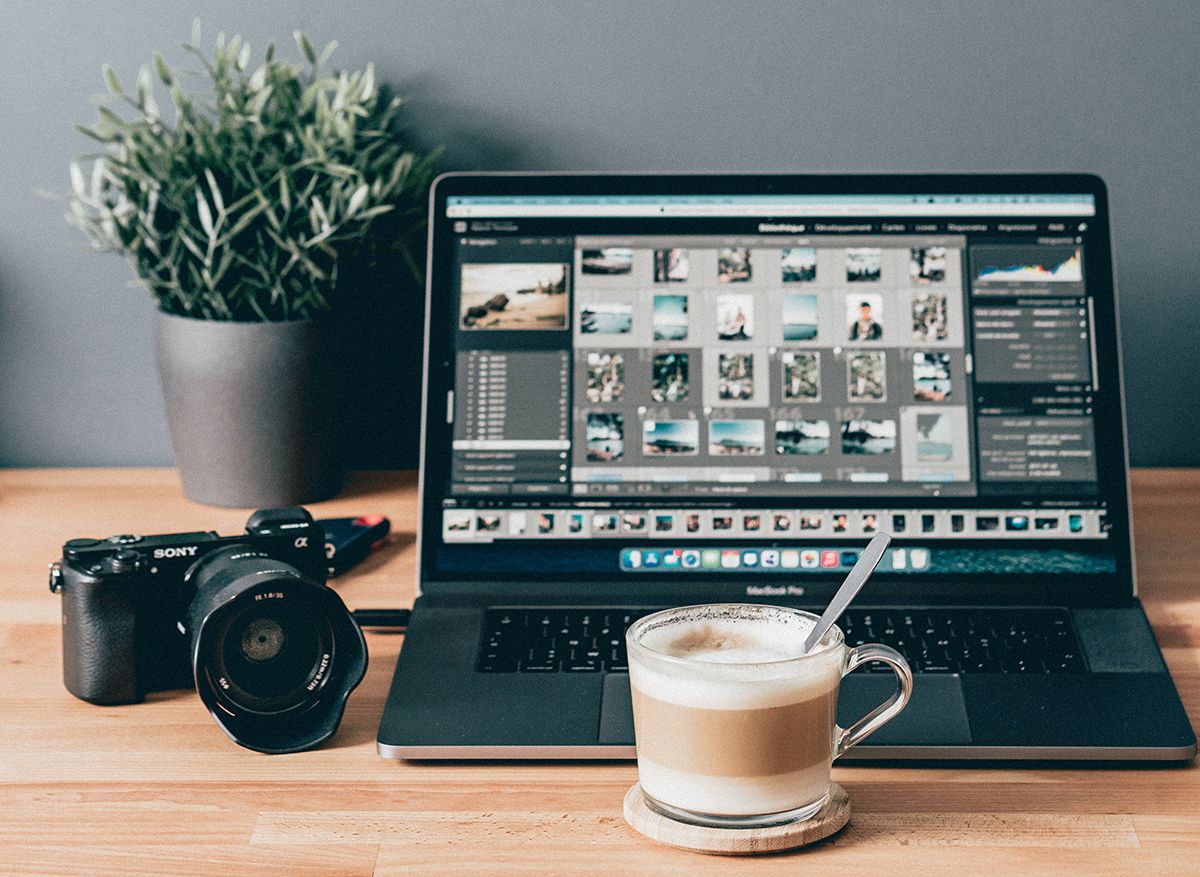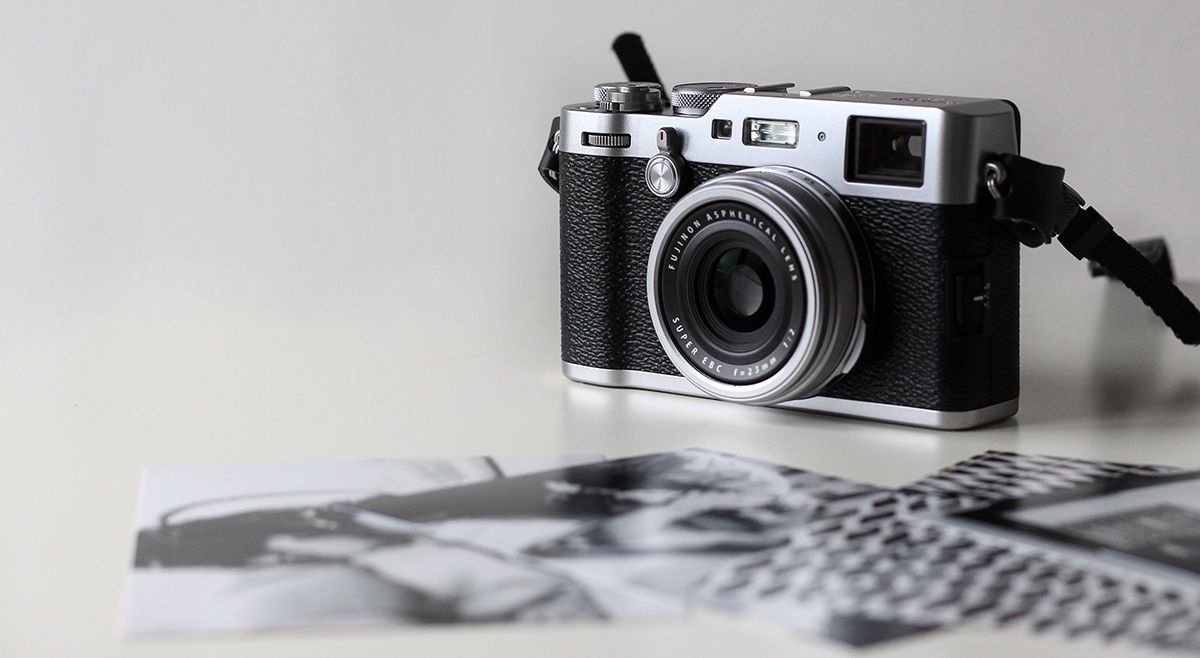If you’re a photographer, model, or stylist, you might have seen “TFP” or “no TFP” written on posts online in the photography sector. If you’ve always wondered what it means, we’ve got all the answers right here. After reading this article, you’ll know not only what TFP stands for, but how to use it in a professional sense, and when to best avoid it.
What Does TFP Mean?
TFP is a term that you might have seen online, especially if you’re newly interested in photography or modeling. You might even find the acronym in other industries too, but it’s mostly known within the photography sphere.
So, what is the meaning of TFP? It stands for Time for Prints—sometimes you may also see it used as Trade for Prints, Time for Portfolio, or without the acronym simply as “trade work”. They all mean the same thing. You may even see a more obvious offer such as “free photo shoot”.
TFP is something usually offered by photographers who are looking to shoot some work without cost. Everyone involved benefits from receiving the photos after the shoot. Nobody pays or gets paid, but everyone is considered equally involved with their labor; therefore, everyone receives photos or prints as “payment”.
What Is a TFP Photo Shoot?
A photographer may offer a TFP shoot if they’re looking to try new photography types, experiment with techniques, or explore new equipment. Typically, the photographer instigates the TFP shoot, but there’s no hard and fast rule about that.
Like a typical shoot, TFP shoots can include makeup artists, wardrobe stylists, hairstylists, and so on. However, since TFPs are unpaid, it usually only involves the photographer and the model.
The photographer should treat a TFP shoot with the same amount of professionalism as a paid shoot. This usually means the photos provided after the shoot are fully edited in the same way the photographer typically edits their work. The photos may be subject to a watermark.
Usually, when sharing TFP photos, it is expected to promote one another. This is largely because, as a collaborative unpaid shoot, it helps get the work noticed by more people and functions as free advertisement.
How to Prepare for a TFP Shoot
Communication is the most important part of collaborative work, especially when everyone is working for the same goal and all benefit from the final product. Despite there being no formal payment, the effort each party puts in needs to be respected so that everyone is happy.
When making plans for your TFP shoot, everyone needs to agree on what is expected and what is offered. This works the same as a paid shoot. Nobody should feel uncomfortable or say yes to anything they don’t want to—this includes putting in more labor and work than other parties. Remember that it’s a collaborative project and won’t work without even one less piece of the puzzle.
If you are a photographer, you should explain your vision for the shoot to your model (and stylists if applicable). If your idea is whimsical, but the stylists don’t know that, you may end up with a mismatched outfit or makeup that looks out of place.
On that note, all parties should make it clear who is responsible for styling, posing, and makeup. Discuss whether the model should do their hair and makeup or provide their outfit. Should the model bring a change of clothes? Where can they get changed if they do? These things should all be discussed when booking your shoot.
As a model, whether you have lots of modeling experience or the TFP shoot will be your first shoot, it is always best to research—and practice—poses beforehand. Have a handful of staple poses ready to go. Depending on your photographer’s experience, they may not feel comfortable suggesting poses to you.
Any time before the TFP shoot is the best time to ask questions, set expectations, and, most importantly, discuss what everyone will receive after the shoot is complete. The photographer will likely take hundreds of RAW photos and edit them, so everyone should discuss the number of expected photos and their state of production—whether they should be fully edited or not.
With everything agreed on and all parties happy, it may be a smart idea to sign a contract confirming your decisions. This is great insurance for all. Once all these formalities are out of the way, you can go ahead with your shoot without lingering questions or disappointments.
What to Look for When Booking a TFP Photo Shoot
The first thing to look out for when booking a TFP shoot is to make sure the photographer you’re contacting offers TFP. Some photographers do not. They may use the term “no TFP” somewhere in their booking forms or website, and this typically means they will not even entertain the idea. It is a waste of time—and offensive—to reach out for this purpose if it’s not advertised.
Check the credibility of the photographer—or the model and other roles—you want to work with. While plenty of these offers are genuine, there’s, unfortunately, sometimes a bad apple in the bunch. If you detect any weirdness or anything that makes you feel uncomfortable, it is much better to back out beforehand.
Photographers or models offering TFP shoots usually have a genuine reason for offering them over a paid shoot, be it to gain experience for their portfolio as someone new in their field, to experiment with a new idea or location, or for another reason, an honest trade person will happily disclose—or even advertise—their reasoning.
Work with people who already have a portfolio of work, even if it’s small. This shows that they’re genuine and know a little about what they’re doing already. Offering TFPs is a great way to expand your photography business.
TFP Photography Benefits Everyone Involved
Whether you’ve seen the term TFP and didn’t know what it meant, or you’ve wanted to advertise a TFP shoot without fully knowing what terminology to use, now you know all the basics.
Photographers, models, and stylists can all benefit from offering or partaking in TFP shoots. And they are not solely for newbies, but also for any established professional looking to experiment or learn something new.

